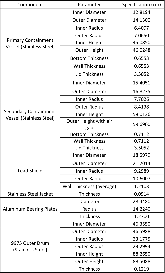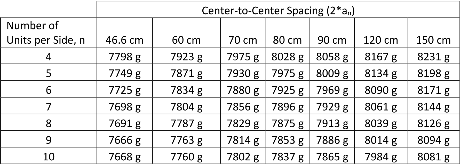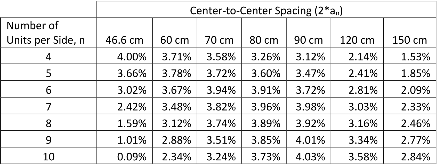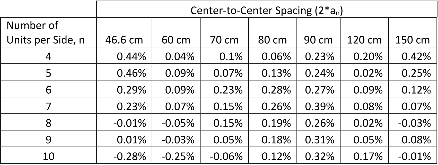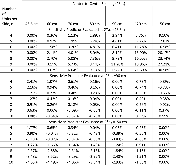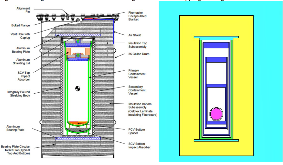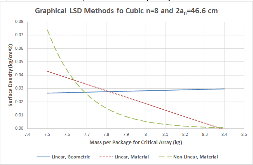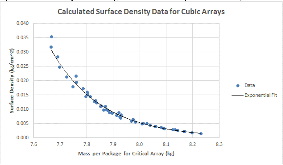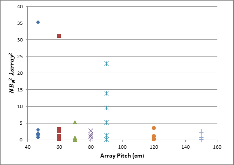Limiting Surface Density Method Adapted to Large Arrays of Heterogeneous Shipping Packages with Nonlinear Responses
- Savannah River Site (SRS), Aiken, SC (United States). Savannah River Nuclear Solutions, Nuclear & Criticality Safety
The classic Limiting Surface Density (LSD) method is an empirical calculation technique for analyzing and setting mass limits for fissile items in storage arrays. LSD is a desirable method because it can reduce or eliminate the need for lengthy detailed Monte Carlo models of storage arrays. The original (or classic) method was developed based on idealized arrays of bare spherical metal items in air-spaced cubic units in a water-reflected cubic array. In this case, the geometric and material-based surface densities were acceptably correlated by linear functions. Later updates to the method were made to allow for concrete reflection rather than water, cylindrical masses rather than spheres, different material forms, and noncubic arrays. However, in the intervening four decades since those updates, little work has been done to update the method, especially for use with contemporary highly heterogeneous shipping packages that are noncubic and stored in noncubic arrays. In this work, the LSD method is reevaluated for application to highly heterogeneous shipping packages for fissile material. The package modeled is the 9975 shipping package, currently the primary package used to store fissile material at Savannah River Site’s K-Area Complex. The package is neither cubic nor rectangular but resembles nested cylinders of stainless steel, lead, aluminum, and Celotex. The fissile content is assumed to be a cylinder of plutonium metal. The packages may be arranged in arrays with both an equal number of packages per side (package cubic) and an unequal number of packages per side (noncubic). The cubic arrangements are used to derive the 9975-specific material and geometry constants for the classic linear form LSD method. The linear form of the LSD, with noncubic array adjustment, is applied and evaluated against computational models for these packages to determine the critical unit fissile mass. Sensitivity equations are derived from the classic method, and these are also used to make projections of the critical unit fissile mass. It was discovered that the heterogeneous packages have a nonlinear surface density versus critical mass relationship compared to the acceptably linear response of bare spherical fissile masses. Methodology is developed to address the nonlinear response. In so doing, the solution to the nonlinear LSD method becomes decoupled from the critical mass of a single unit, adding to its flexibility. The ability of the method to predict changes in neutron multiplication due to perturbations in a parameter is examined to provide a basis for analyzing upset conditions. In conclusion, a full rederivation of the classic LSD method from diffusion theory is also included as this was found to be lacking in the available literature.
- Research Organization:
- Savannah River Site (SRS), Aiken, SC (United States)
- Sponsoring Organization:
- USDOE Office of Environmental Management (EM)
- Grant/Contract Number:
- AC09-08SR22470
- OSTI ID:
- 1426654
- Report Number(s):
- SRNS-STI-2017-00587; TRN: US1802444
- Journal Information:
- Nuclear Science and Engineering, Vol. 190, Issue 2; ISSN 0029-5639
- Publisher:
- American Nuclear Society - Taylor & FrancisCopyright Statement
- Country of Publication:
- United States
- Language:
- English
Surface Density and Density Analog Models for Criticality in Arrays of Fissile Materials
|
journal | March 1977 |
Similar Records
Verification suite for the application of the limiting surface density method to arrays of 9975 packages
Verification Suite for the Application of the Limiting Surface Density Method to Arrays of 9975 Packages
